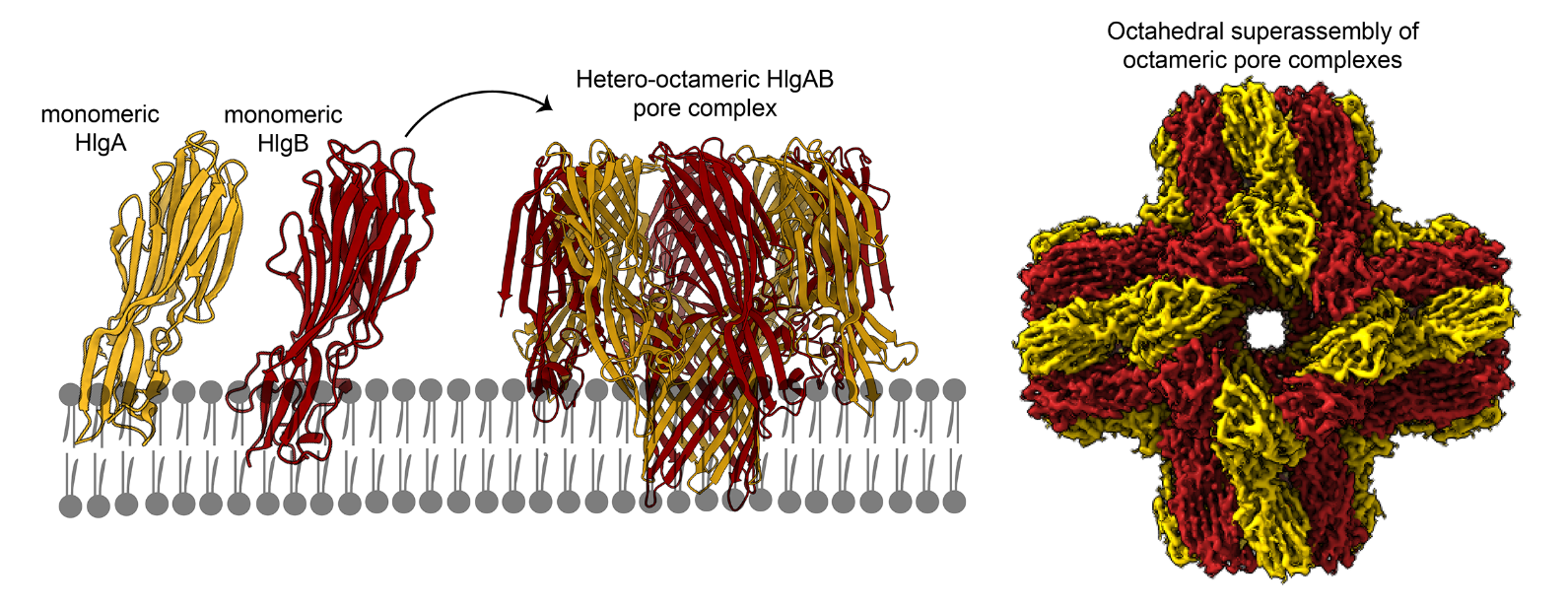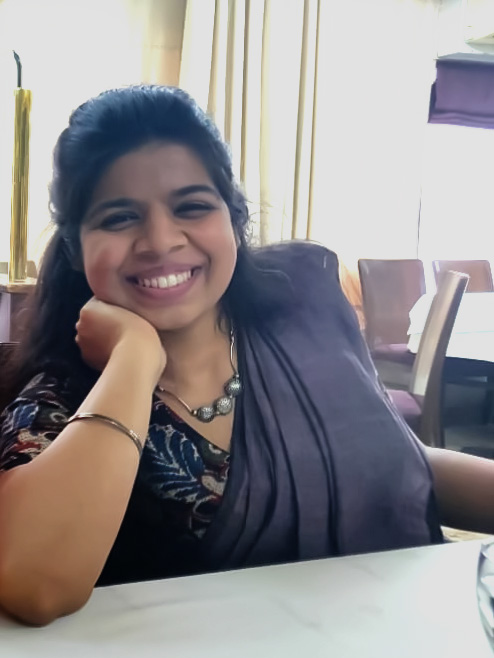About author
Suman Mishra hails from Madhubani, Bihar. He was born to Raj Kumar Mishra- a banker and a prolific writer in Maithili, and Rupa Mishra- tireless homemaker, and doting mother of two. He completed his B. Tech degree in Biotechnology from Padmashri Dr. D. Y. Patil University, Navi Mumbai with his thesis titled “Understanding genetic variations in TOLLIP gene and its association with malaria susceptibility/ resistance in west coast Indian population” under Dr. K. Thangaraj, CSIR- CCMB, Hyderabad. He further joined as a doctoral student at Molecular Biophysics Unit, Indian Institute of Science, Bengaluru in the laboratory of Prof. Somnath Dutta. He currently works on cryo-EM structural characterization of bacterial pore-forming toxins and virulence factors.


